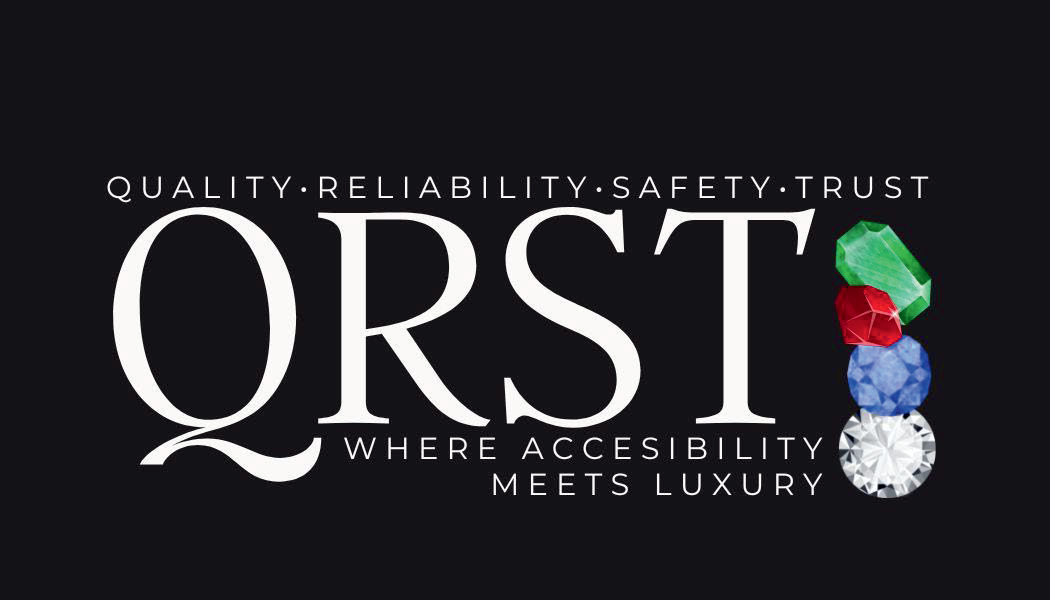Welcome to our comprehensive guide on wheelchair transportation safety guidelines in the DMV (District of Columbia, Maryland, Virginia) region. Ensuring the safety and well-being of passengers with mobility challenges is of utmost importance, and this guide aims to provide valuable information for drivers, passengers, and transportation providers. Navigating the transportation system can be complex, and understanding the safety protocols and guidelines is crucial for a smooth and secure journey. From proper wheelchair securement to emergency preparedness, this guide will address essential safety measures to promote a safe and comfortable travel experience for individuals using wheelchair-accessible vehicles in the DMV area. Experience seamless wheelchair transportation with QRST, the best transport service for wheelchair users in DMV.
essential safety measures to promote a safe and comfortable travel experience:
Ensuring safe transportation for individuals with mobility challenges is crucial in the DMV region. Here are essential guidelines to follow:

Understanding DMV’s Wheelchair Transportation Safety Standards:
- Overview of DMV’s safety regulations for wheelchair transportation.
- Importance of compliance with safety standards for operators.
- Roles and responsibilities of drivers and passengers in ensuring safety.
- Inspection and maintenance guidelines for wheelchair-accessible vehicles.
- Educating passengers on safety measures during transportation.
Securing Wheelchairs Properly: Safety Guidelines in the DMV:
- Proper techniques for securing wheelchairs in vehicles.
- Different types of wheelchair tie-down and restraint systems.
- Training for drivers on securement procedures and best practices.
- Addressing common challenges in securing wheelchairs.
- Regular inspections and adjustments to maintain securement integrity.
Safeguarding Passengers: DMV’s Wheelchair Transportation Protocols:
- DMV’s guidelines for ensuring the safety and comfort of passengers.
- Special considerations for passengers with mobility challenges.
- Providing assistance and support during boarding and disembarking.
- Addressing medical needs and emergency situations during transit.
- Promoting a respectful and inclusive environment for all passengers.
Training and Certification Requirements for Wheelchair Transport Drivers:
- DMV’s training requirements for wheelchair transport operators.
- Certification process for drivers to operate accessible vehicles.
- Ongoing training and refresher courses for maintaining expertise.
- Skill development in communication and assisting passengers.
- Ensuring drivers are well-prepared to handle diverse situations.
Emergency Preparedness and Response in Wheelchair Transportation:
- Protocols for handling emergencies and safety incidents.
- Driver and staff training on emergency response procedures.
- Equipping vehicles with necessary safety equipment and aids.
- Coordination with emergency services and medical facilities.
- Communicating emergency plans to passengers and caregivers.
Accessibility and ADA Compliance: Ensuring Safe Wheelchair Travel:
- Compliance with the Americans with Disabilities Act (ADA) guidelines.
- Providing accessible boarding options for wheelchair users.
- Ensuring vehicles meet ADA standards for interior design and layout.
- Addressing accessibility challenges in transportation infrastructure.
- Collaborating with disability advocacy groups to improve accessibility.
Promoting Inclusivity: Wheelchair Transportation for All in the DMV:
- Raising awareness about the importance of accessible transportation.
- Engaging the community in promoting inclusive transportation services.
- Encouraging feedback from passengers to enhance services.
- Collaborating with organizations to improve wheelchair access.
- Advocating for the rights of individuals with mobility impairments
FAQs
Question: Are all wheelchair-accessible vehicles in the DMV required to follow safety guidelines?
Answer: Yes, all wheelchair-accessible vehicles in the DMV must adhere to safety guidelines to ensure passenger safety during transportation.
Question: What safety measures should drivers take when securing a wheelchair in a vehicle?
Answer: Drivers should use proper tie-down and restraint systems to secure the wheelchair.
Regularly inspect and adjust the securement to maintain its integrity during travel.
Question: Are drivers in the DMV trained to handle emergency situations during wheelchair transportation?
Answer: Yes, drivers undergo training to handle emergencies and respond to safety incidents during wheelchair transportation.
They are equipped with necessary safety equipment and are prepared to coordinate with emergency services when needed.
Conclusion:
wheelchair transportation safety in the DMV is paramount for ensuring a positive travel experience for individuals with mobility challenges. By following the guidelines outlined in this comprehensive guide, both passengers and drivers can contribute to a safer and more accessible transportation system. Adhering to proper wheelchair securement, practicing emergency preparedness, and maintaining vehicle cleanliness are essential steps to enhance safety. Additionally, continuous training for drivers and awareness among passengers can foster a supportive environment for wheelchair users. As technology and innovations progress, we anticipate further advancements in wheelchair-accessible vehicles, elevating accessibility and comfort for all passengers in the DMV region.
Meta description:
